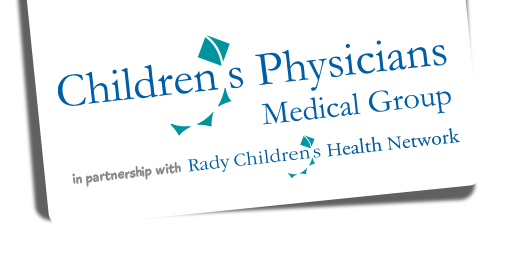
For the third time this week, I saw an otherwise fully immunized, lifelong patient of mine, in the office for well-child care and again (as I do every year) recommended the flu vaccine.
And his mother lifted an eyebrow at me and said, “You know how I feel about that.” I do. I’ve yet to be able to convince them of the importance of the vaccine. But I still don’t understand WHY.
I truly don’t understand the disconnect between physicians and some patients on this topic. When I look at Influenza, I see the leading cause of vaccine-preventable death in the United States, and the vaccine preventable disease I see most often. My patients’ families (and granted, the minority, but a sizable minority) see “just the flu.” I suppose one of the differences is that, unlike me, most Americans have not sat at the bedside of previously healthy children dying from influenza. I’ll never describe this ravaging infection as “just the flu” — I’ve seen how devastating it can be. (For individuals’ experience with the flu, check out the gallery of influenza stories on www.shotbyshot.org).
On average, 36,000 Americans die of flu each year — in a bad year, it can be as many as 50,000, and those numbers include young healthy adults and children. Elderly people, people with chronic medical conditions (including asthma), pregnant women and infants are at even higher risk — and much of the time THEY catch the virus from someone in a lower risk group. Compare this to other serious illnesses we immunize against in the United States…
Prior to routine immunizations, diphtheria infected 150,000 Americans per year, killing 1 in 20 overall, but for kids under age five, the death rate was 1 in 5, resulting in a mortality rate 1/5th of that of the flu. Whooping cough caused 9,000 deaths per year; pneumococcus: 6,100, Hepatitis B: roughly 5,000, mumps: 2,100, H. flu (a misnamed bacteria, not actual influenza): 1000, and measles: 450. All seven of those devastating illnesses together killed fewer Americans than die in an average year from the flu.
In 1964-65, a German Measles epidemic spread from Europe to our American shores. There was widespread panic over the disease, which resulted in the loss of 11,000 pregnancies, approximately 8000 deaths, and significant birth defects in another 20,000 children over the course of two years. Including the affected children who survived, that’s again about half the loss caused by a normal flu season.
These were (and are) all catastrophic illnesses, fully deserving of the aggressive campaigns to bring them under control. While smallpox remains the only disease eliminated by vaccination (so far), we’ve made great progress on a number of other diseases. Polio is now considered to be endemic (that is, existing locally) in three countries. In 2010 (the start of the current epidemic), 26 people died of whooping cough. There have been five cases of diphtheria reported in the United States since 2004. Since 2000, all cases of measles in the United States have been imported. Currently there are fewer than 10 deaths from H. flu and about 20 from rotavirus per year.
So, from my perspective, influenza ranks right up there with so many other deadly diseases we’ve aggressive protected our kids and our society against. And the vaccine is safe, effective, and widely available in several forms. Want my advice? Be sure you get your flu shot.








Leave a Reply